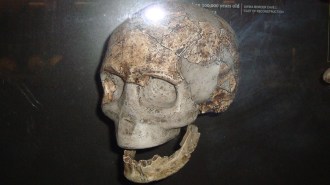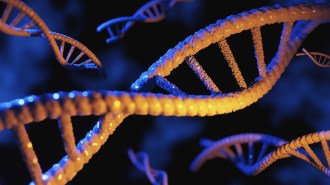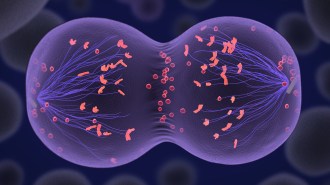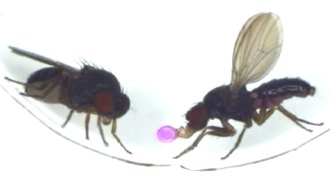Scientists find 10 new defense systems used by bacteria
In lab tests, the gene families appear to fight virus attacks
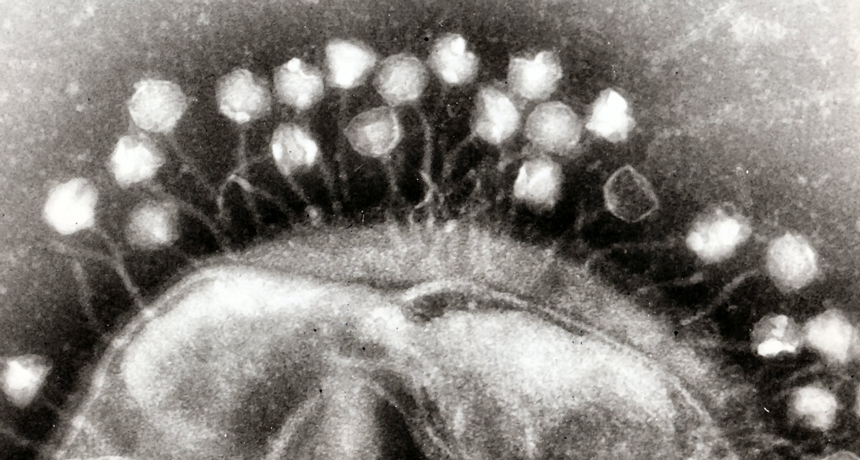
VIRAL ATTACK Viruses called phages (shown landing on the surface of a cell in this transmission electron micrograph) can infect and kill bacteria. Scientists have just found a slew of new defense mechanisms that help bacteria resist such assaults.
Webridge/Wikimedia Commons (CC BY-SA 3.0)

